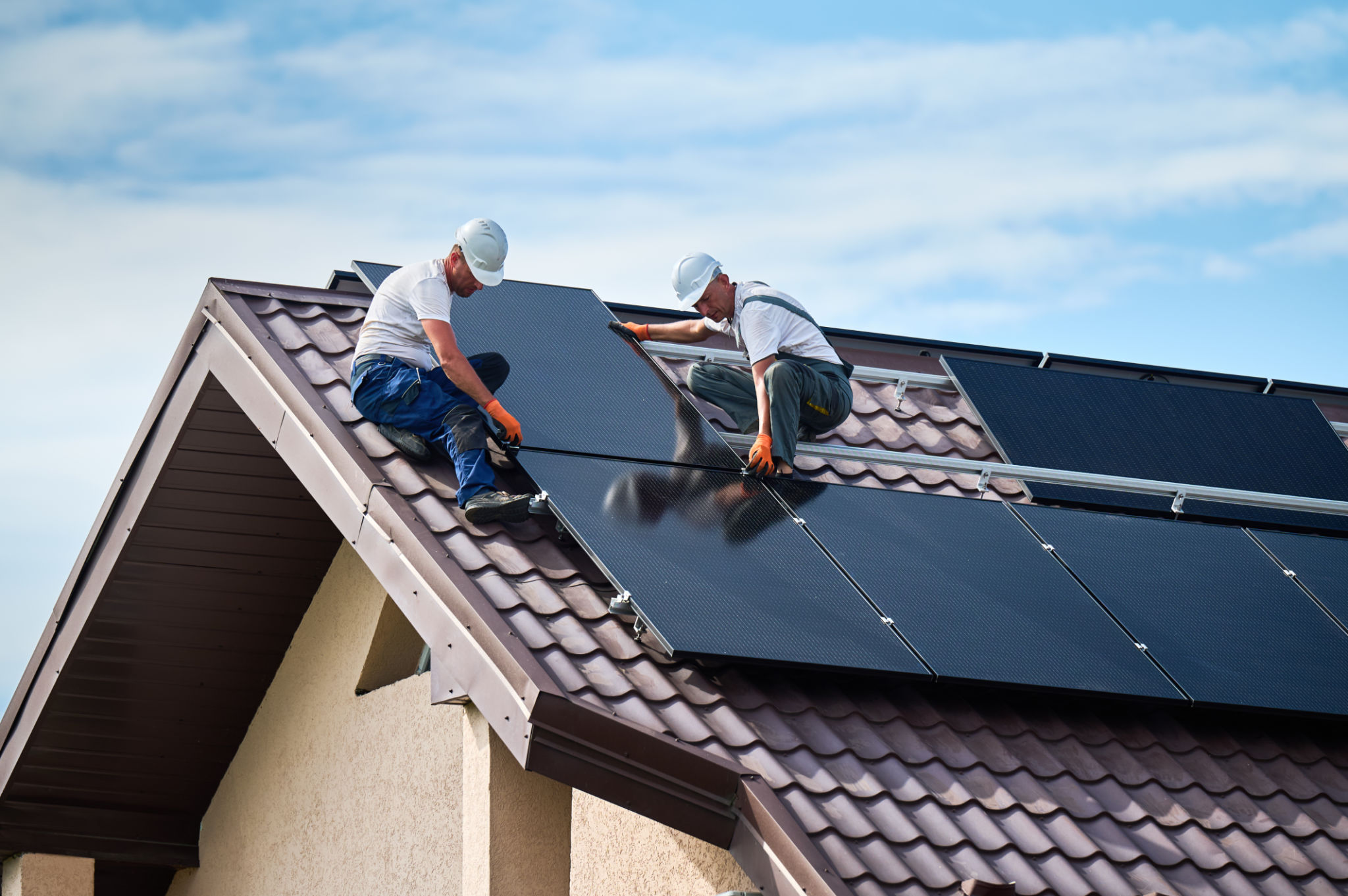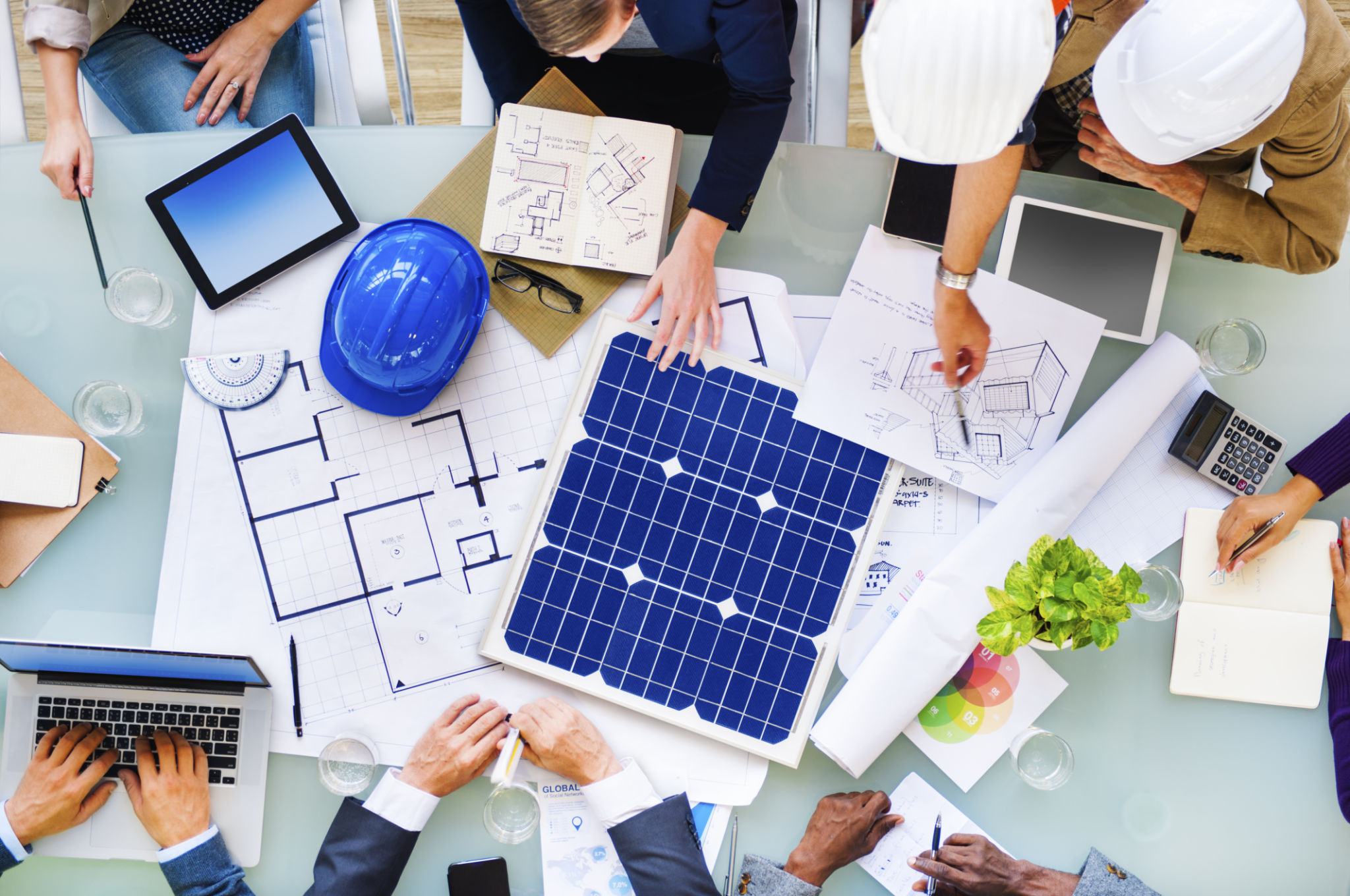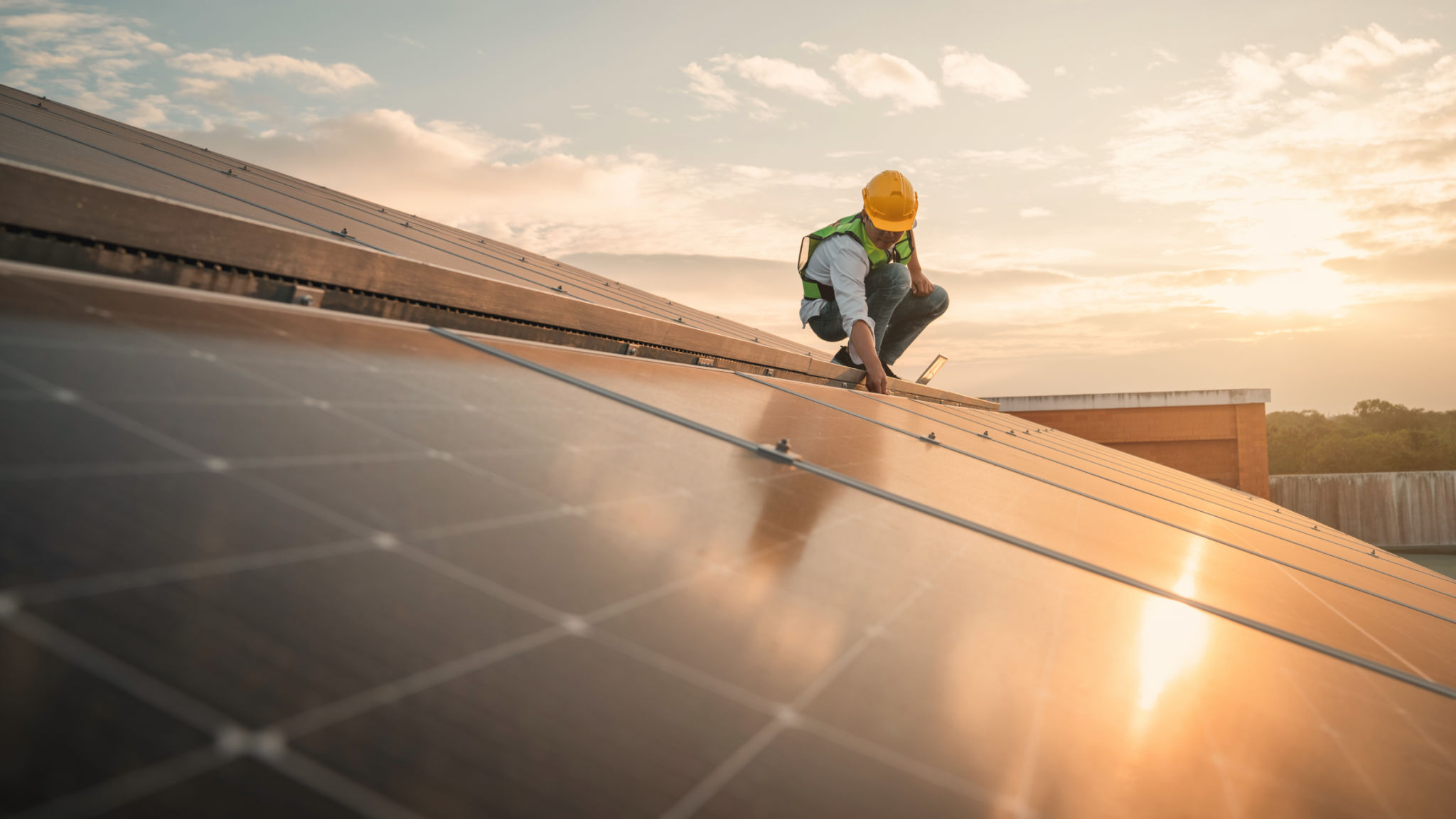Solar Energy Installation: What to Expect and How to Prepare
Understanding the Solar Energy Installation Process
As more homeowners and businesses seek sustainable energy solutions, solar energy has become a popular choice. Understanding what to expect during the installation process can help ease any anxieties and ensure a smooth transition to renewable energy.
The installation process typically involves several key steps: site assessment, design, permitting, installation, and connection. Each phase is crucial to ensure your solar power system operates efficiently and effectively.

Preparing for Your Solar Installation
Before installation begins, there are a few preparatory steps that homeowners should take. First, it’s important to assess your energy needs. Review your electricity bills to understand your consumption patterns, which will help in sizing your solar system appropriately.
Next, evaluate the condition of your roof. Since solar panels have a lifespan of 25 to 30 years, it’s advisable to ensure your roof is in good condition before installation. Making necessary repairs beforehand can prevent future complications.
Site Assessment and Design
A professional site assessment is conducted to determine the best placement for your solar panels. Factors such as roof angle, shading, and available space are considered to maximize energy production. The design phase follows, where experts create a customized plan tailored to your specific needs and property.

Navigating Permitting and Approvals
Obtaining the necessary permits and approvals is a critical step in the solar installation process. This can vary depending on local regulations and utility companies. Your solar installer will typically handle this part of the process, ensuring compliance with all legal requirements.
While this step might take some time, it’s essential for ensuring that your system is safe and up to code. Be prepared for this phase to last several weeks, depending on your location.
The Installation Day
On the day of installation, a team of professionals will arrive at your home to set up the solar panels and connect them to your electrical system. This process usually takes one to three days, depending on the size and complexity of the system.

During installation, there might be some noise and foot traffic around your property. However, professional teams strive to minimize disruption and complete the work efficiently.
System Inspection and Connection
Once the installation is complete, an inspection will be conducted by a local authority or utility company to ensure everything is installed correctly. After passing inspection, your system can be connected to the grid.
This connection allows you to start generating electricity and potentially earn credits through net metering programs, where excess energy produced can be fed back into the grid.
Enjoying Your Solar Energy System
After the successful installation and connection of your solar system, you can begin to enjoy the benefits of renewable energy. Monitor your system’s performance through digital apps or online portals provided by your installer.
Regular maintenance checks are minimal but essential for ensuring optimal performance. Cleaning debris from panels and checking for potential issues will help in maintaining efficiency over time.

By understanding what to expect during the solar energy installation process and preparing accordingly, you can ensure a seamless transition to clean energy. Embrace the benefits of solar power and contribute to a more sustainable future!